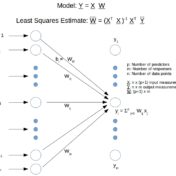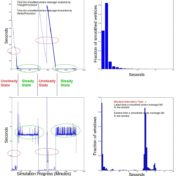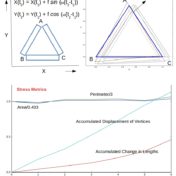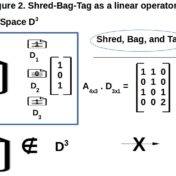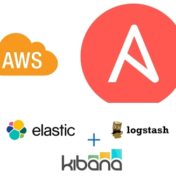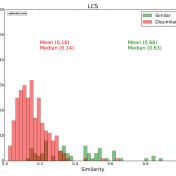Michael Nielsen provides a visual demonstration in his web book Neural Networks and Deep Learning that a 1-layer deep neural network can match any function . It is just a matter of the number of neurons to get a prediction that is arbitrarily close – the more the neurons the better the approximation…. Read more »
In the previous post we designed the experiment, simulated different operational states and confirmed that the results were as expected – more or less. Here we go over the implementation and a few relevant code snippets before wrapping up this series of posts. As usual the package is available for download… Read more »
I was on vacation with my son at Yosemite over the spring break this past weekend. Early part of the trip was washed out due to rain as they closed the park and we were cooped up in the lodge waiting it out. But we had a patio view of… Read more »
I have been playing with Kafka on and off lately. It is an excellent addition to the ecosystem of big-data tools where scale with reliability is imperative. I find it intuitive and conceptually simple (the KISS principle) where the focus is squarely on reliability at scale. Unlike the traditional messaging… Read more »
Consider these two one-line documents – “Eat to Live” and “Live to Eat“. They contain the same words, but in different order – leading to a big difference in meaning. Or consider – “Working Hard” & “Hardly Working“. Popular stemmers such as snowball convert ‘Hardly‘ to ‘Hard‘ so that functionally… Read more »
I wanted to get back to the analysis of quotes from a semantics perspective and write about searching & clustering them with Latent Semantic Analysis (LSA). Thought it was going to be a straightforward exercise in applying the venerable gensim package and appreciating the augmented information retrieval capabilities of LSA… Read more »
In the previous post we built a virtual ELK cluster with Vagrant and Ansible, where the individual VMs comprising the cluster were carved out of a single host. While that allowed for a self-contained development & testing of all the necessary artifacts – it is not a real world scenario…. Read more »
It has been a while unfortunately since I sat down for some writing on this blog. But the writing bug is persistent – once hooked, you got to write. Serious writing requires original research, data collection/analysis etc… so can take a good bit of time depending on the topic. I had… Read more »
The road to ‘Computational Linguistics Nirvana’ is littered with thesis upon thesis, stacks of journal papers, and volumes of conference proceedings… so one can get lost in a hurry. Whole programs dedicated to computational linguistics have made great advances over the years enabling the Siris and Cortanas of our time. We… Read more »
Ready to write again after an extended break over the holidays and we start off where we left in 2015 with our unfinished quotes… The objective for this post is to assemble the data we need to analyze the nature of quotes in some way, at least in a dry statistical sense to… Read more »
